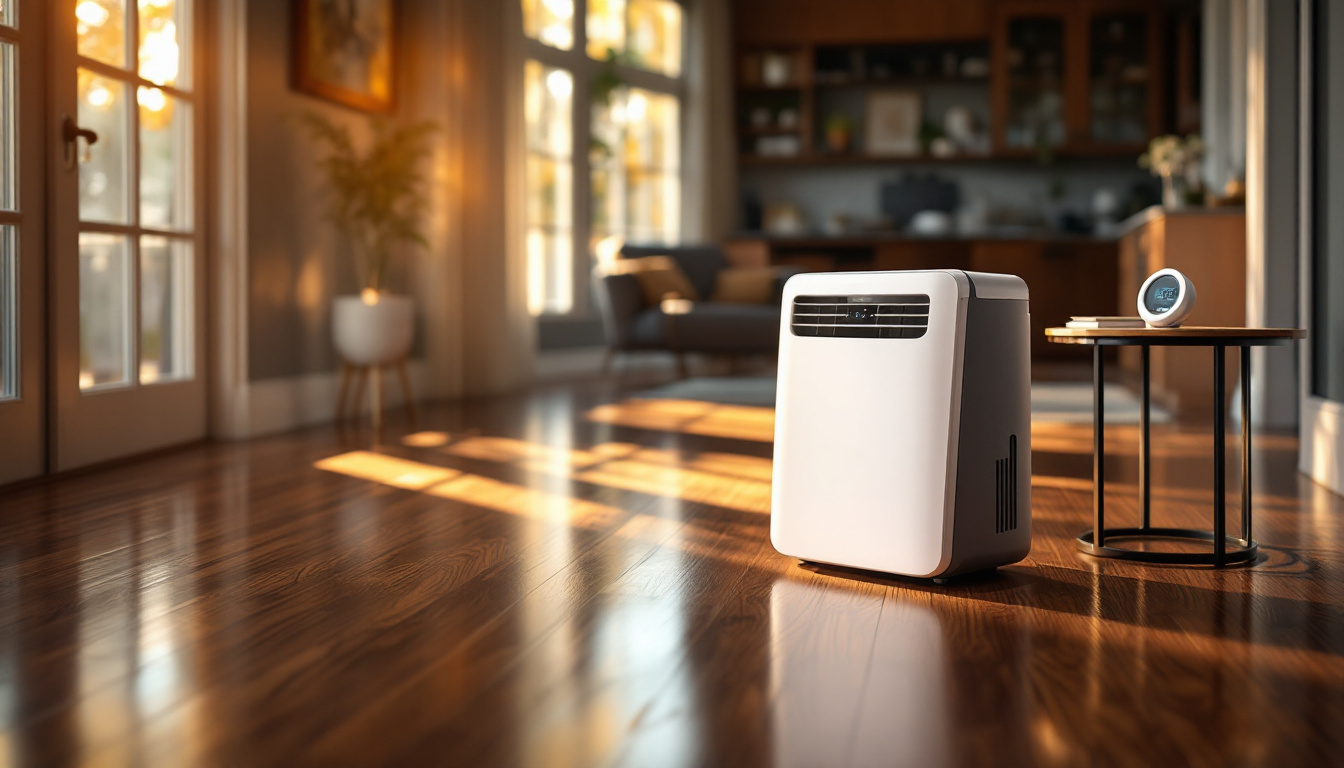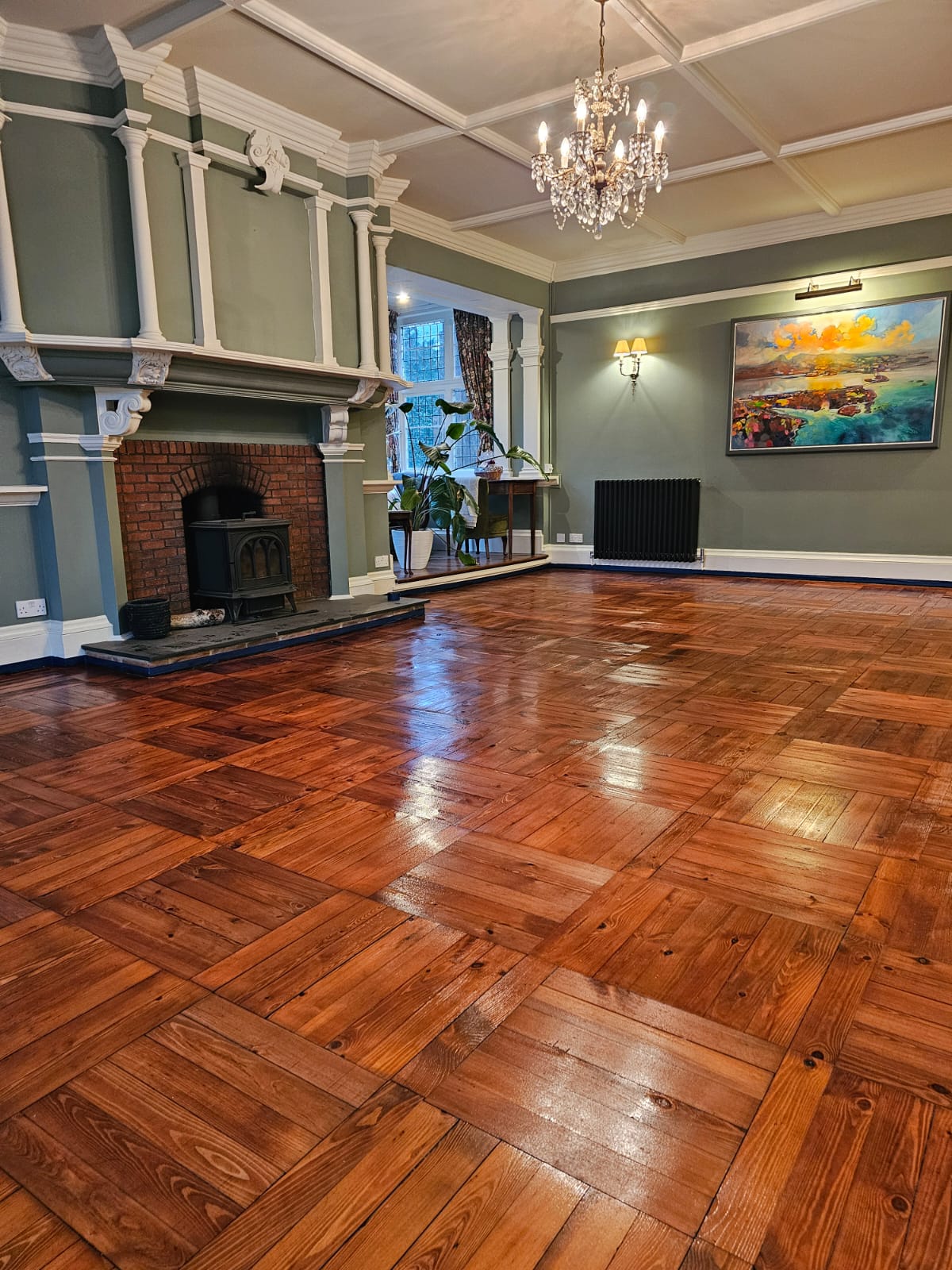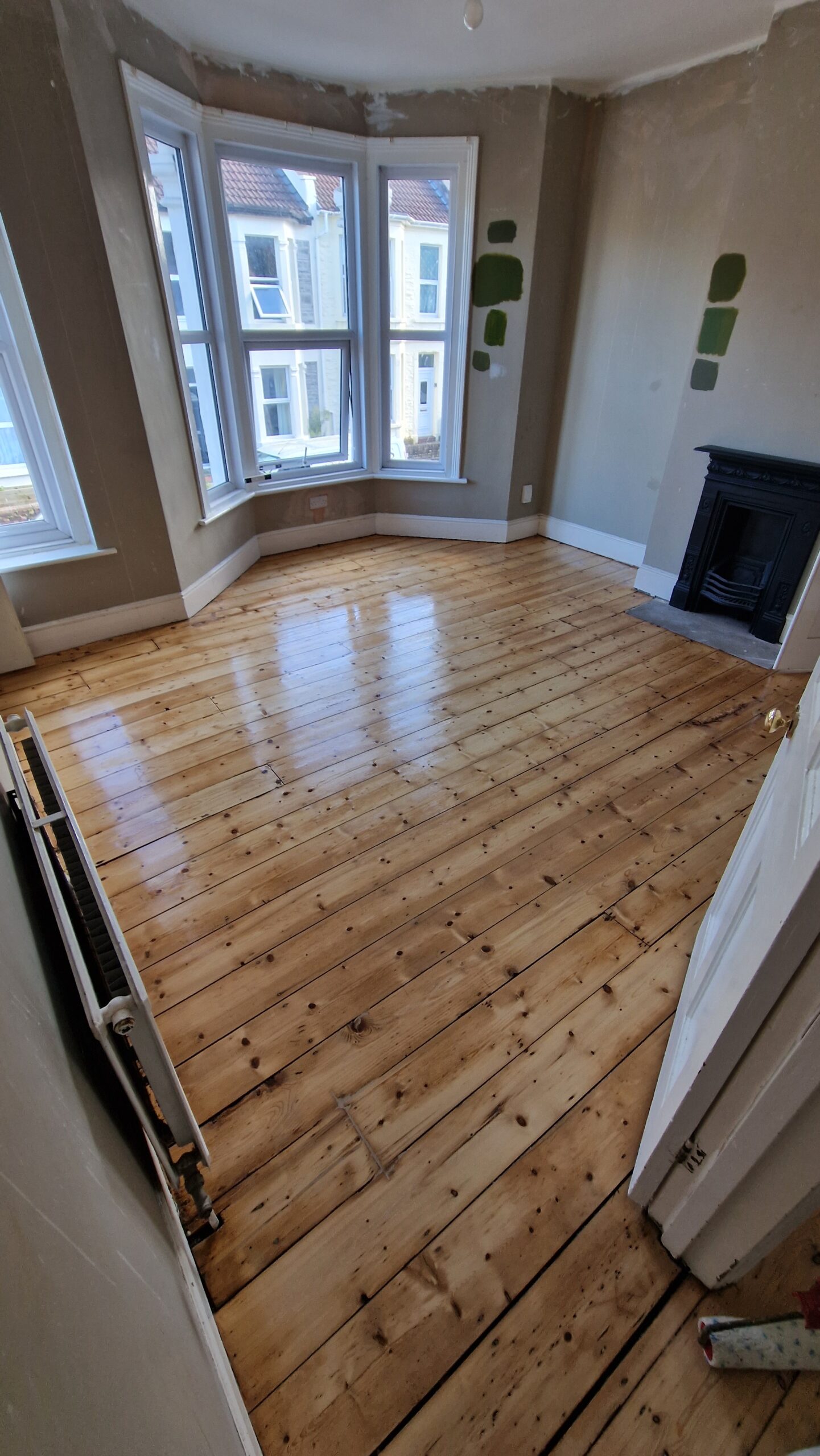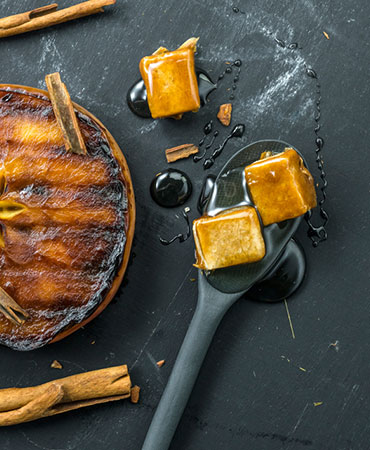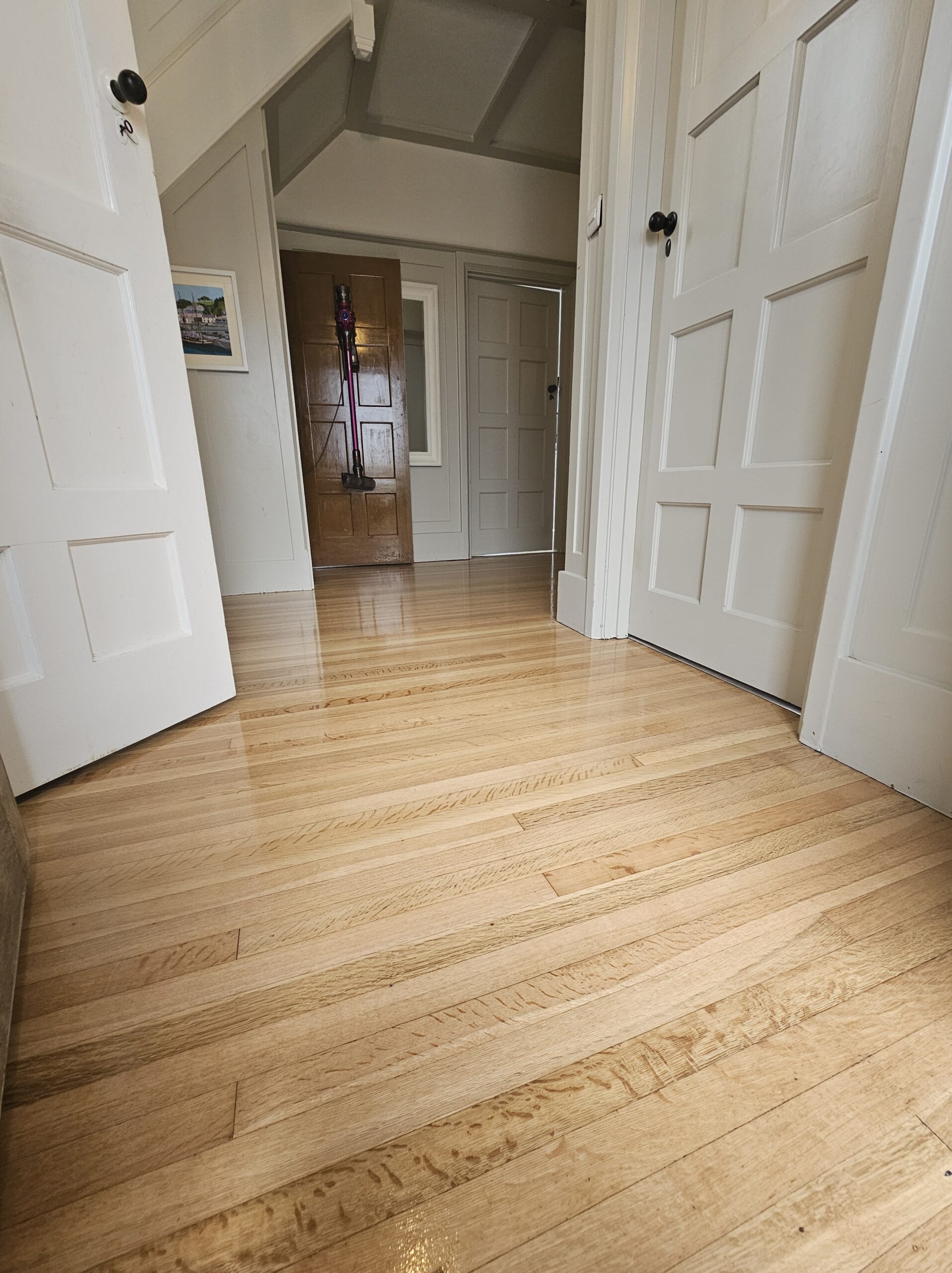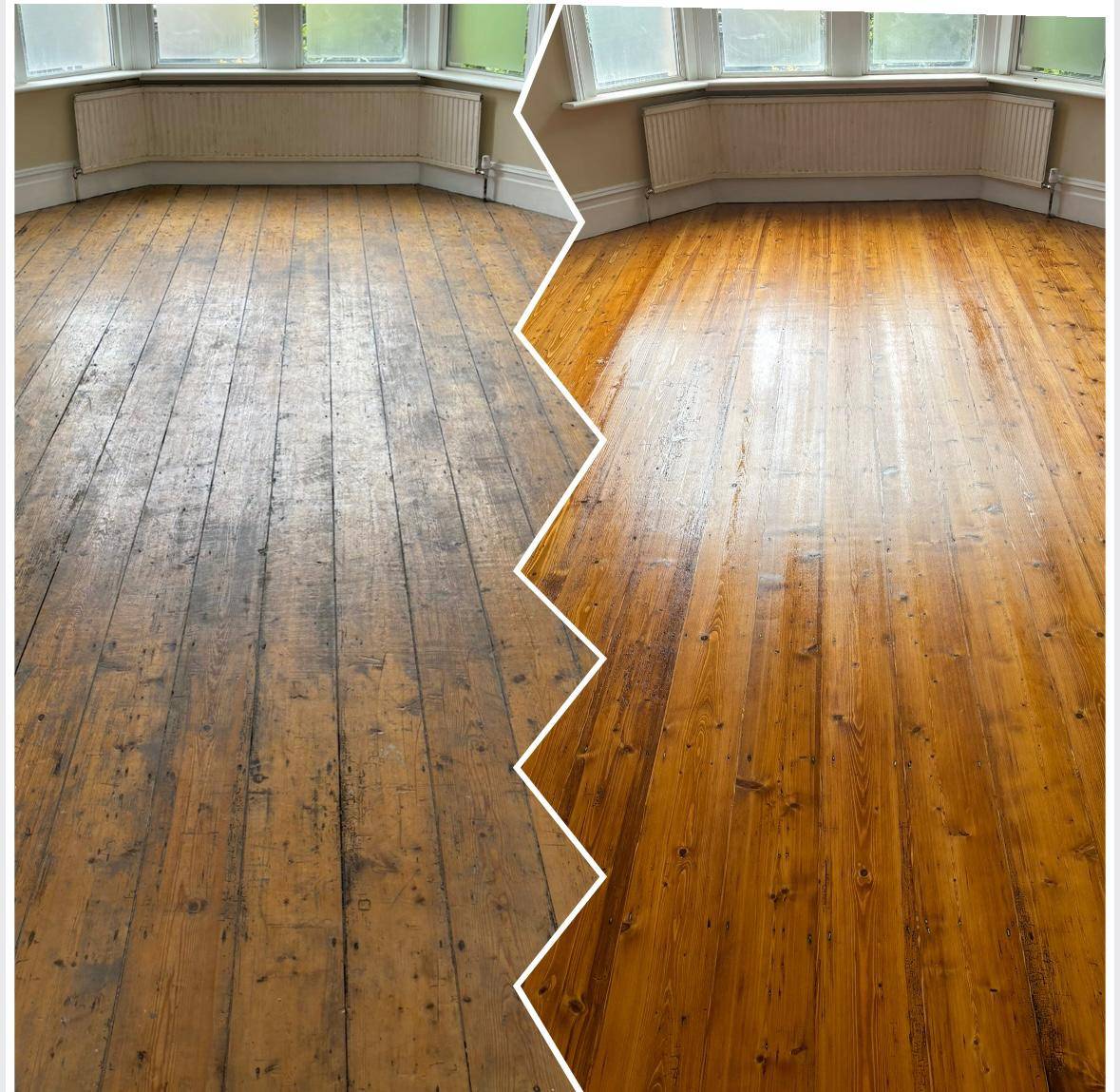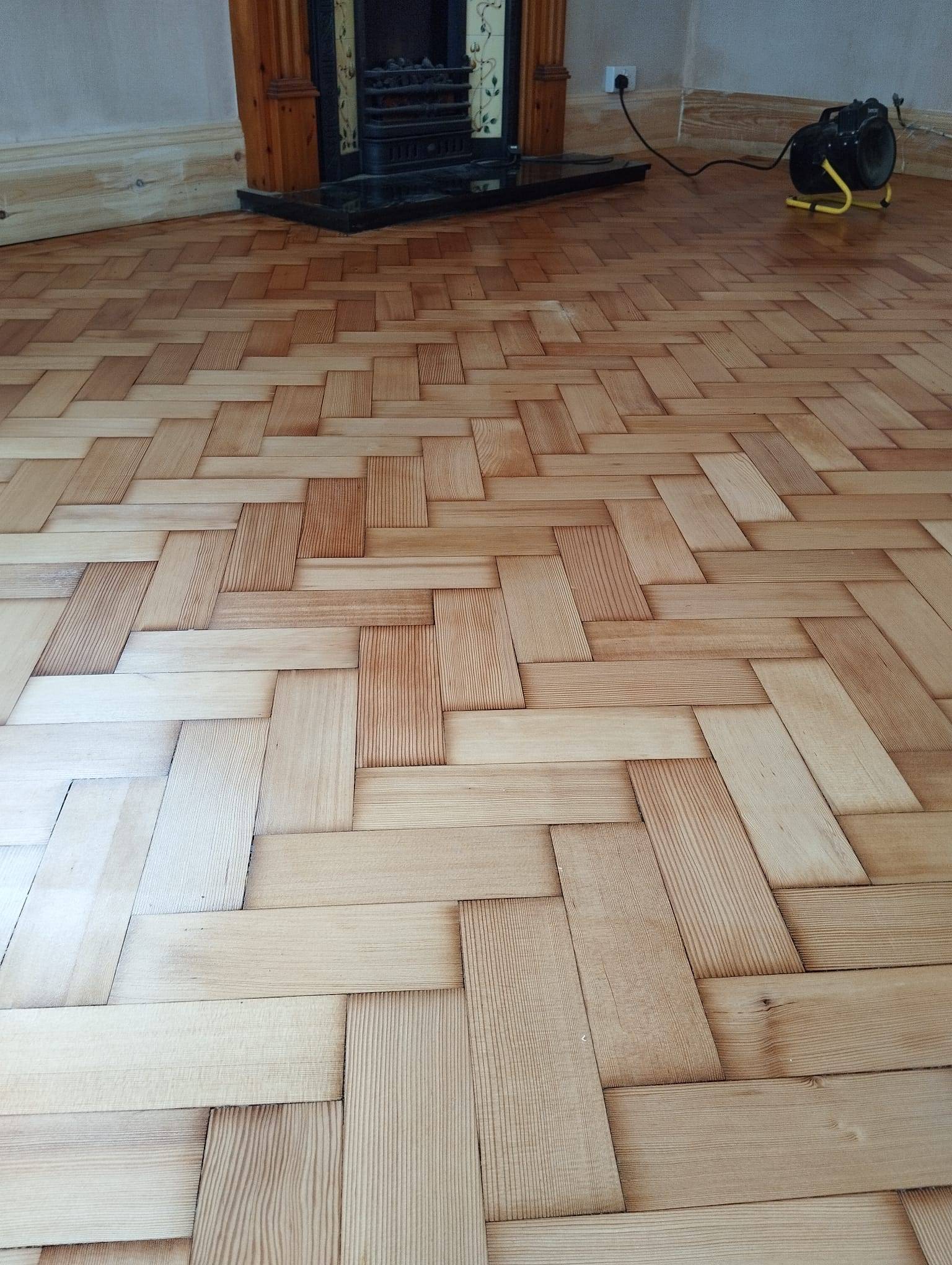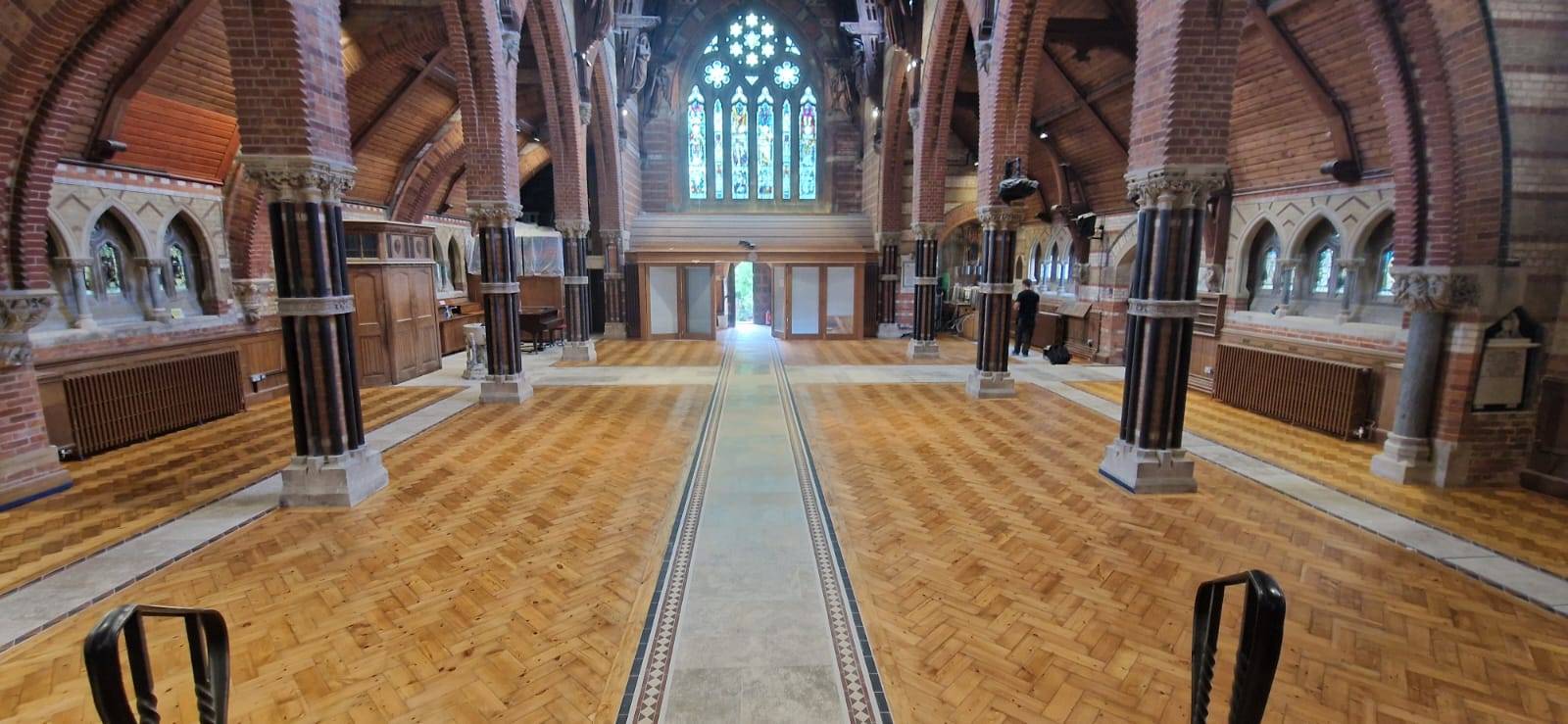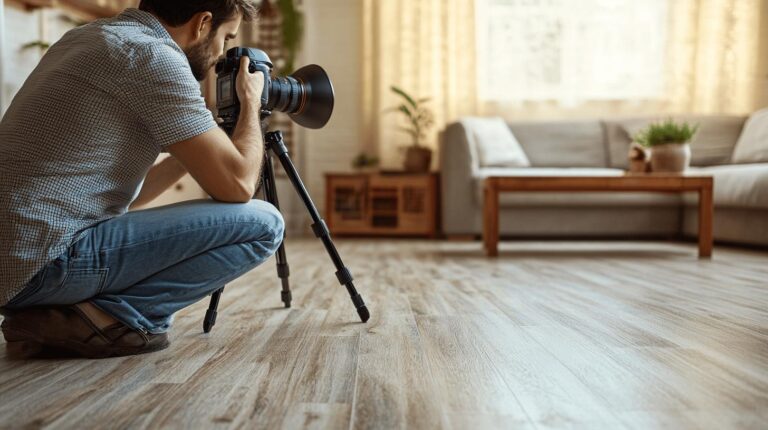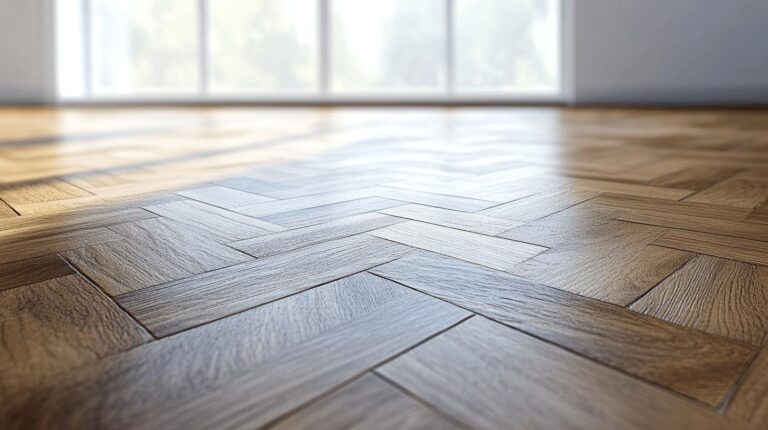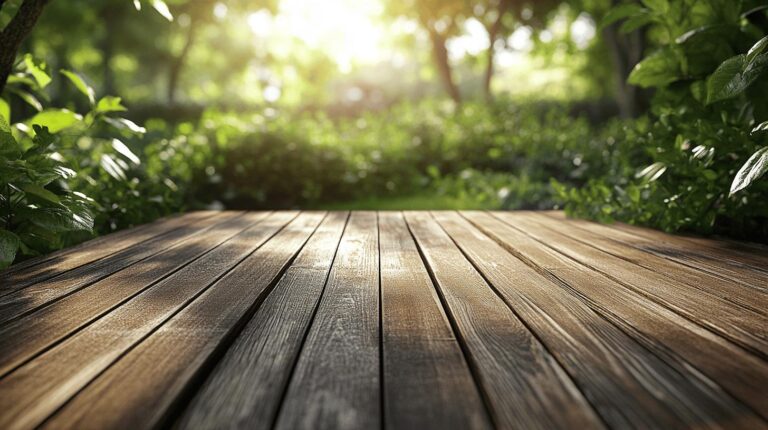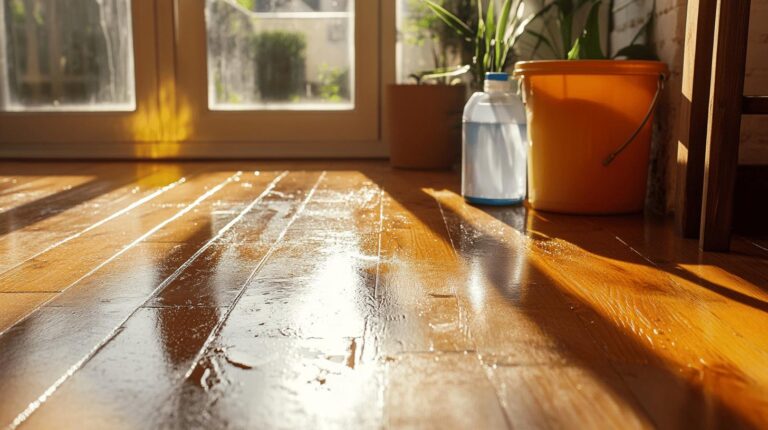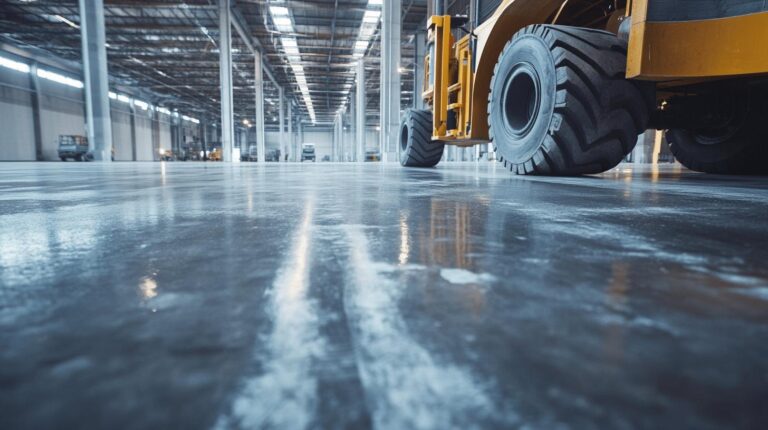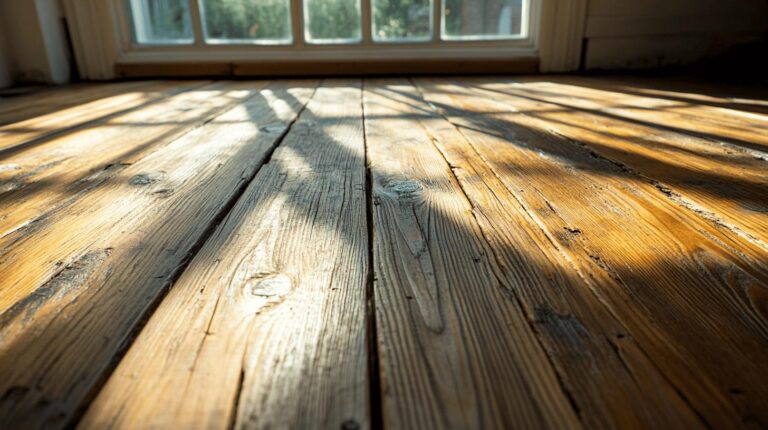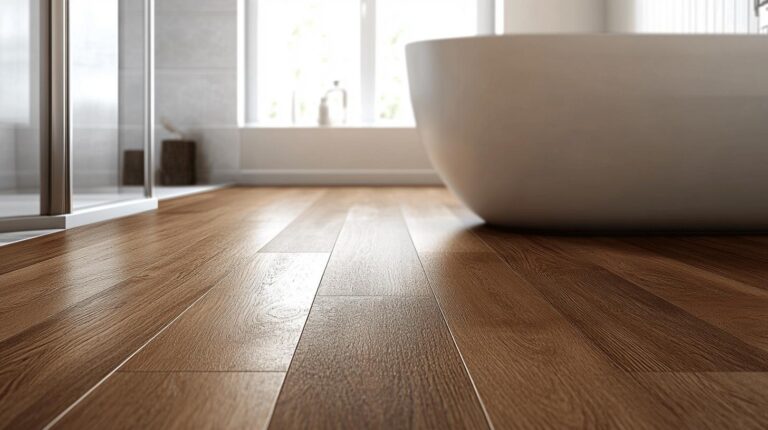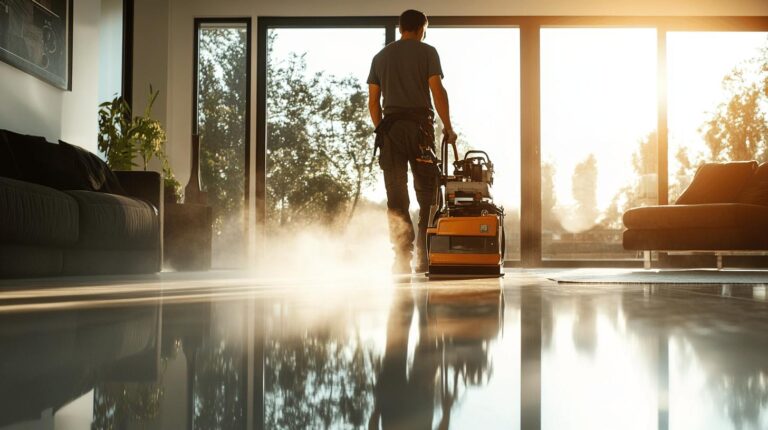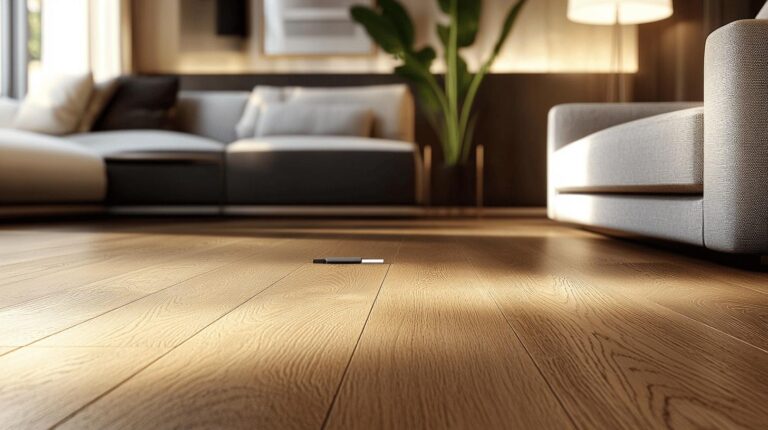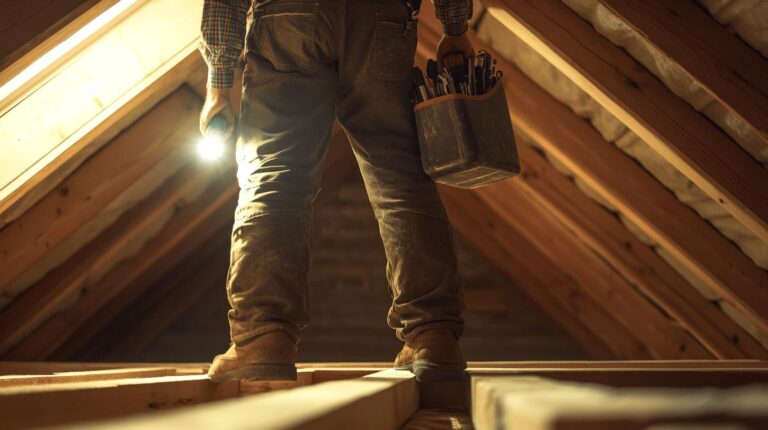Are your cherished wood floors vulnerable to the whims of seasonal temperature changes? Many homeowners are unaware of just how significantly climate fluctuations can affect their wooden flooring. During chilly winters, the lack of humidity can lead to cracking and gapping, while the summer months can cause the wood to bulge and buckle, creating uneven surfaces. Ryan’s Restoration offers insights into effective strategies that protect against these seasonal challenges. Dive into practical tips for maintaining the beauty and durability of your wood floors throughout the year. Let’s explore how you can safeguard your investment against the elements.
Understanding Temperature Changes and Their Impact on Wood Floors
Wood floors are particularly sensitive to fluctuations in temperature and humidity, which can lead to significant structural changes. As temperatures rise, wood absorbs moisture from the air, causing expansion. This phenomenon is especially pronounced during humid summer months when the increased moisture can lead to wood swelling and bulging. Conversely, colder months often bring lower humidity levels, resulting in contraction as the wood loses moisture. This shrinkage can manifest as gaps between floorboards and potential fractures. The constant cycle of expansion and contraction is a natural response but poses a risk of permanent damage if not managed properly.
The science behind this behaviour lies in the cellular structure of wood, which acts like a sponge, absorbing and releasing moisture based on environmental conditions. In winter, the dry indoor air exacerbated by heating systems can cause wood to contract, creating visible gaps. These conditions can weaken the wood over time, leading to cracking and potential structural instability. In contrast, during summer, the absorption of excess moisture can cause the wood to expand beyond its intended limits, resulting in uneven surfaces and potential buckling. Understanding these dynamics is crucial for preventing damage and maintaining the aesthetic and structural integrity of hardwood floors.
Winter Wood Floor Protection Strategies
Maintaining optimal humidity levels is crucial for winter wood floor protection. During colder months, indoor heating systems can significantly reduce humidity, causing wood floors to shrink and develop gaps or fractures. By keeping indoor humidity between 30-50%, you can minimise these detrimental effects. Utilising humidifiers can help maintain this ideal moisture balance, thereby preserving the integrity and appearance of your floors.
Here are some essential tips for seasonal wood floor upkeep during winter:
- Use Humidifiers: Install humidifiers to counteract the drying effects of heating systems and maintain a stable indoor moisture level.
- Insulate with Rugs and Runners: Place rugs and runners strategically to insulate floors, adding warmth and protecting them from dirt and moisture.
- Seal Gaps: Regularly check for gaps and apply appropriate sealants to prevent further damage and maintain a seamless floor appearance.
- Monitor Temperature: Keep indoor temperatures consistent to prevent extreme fluctuations that can exacerbate wood shrinking.
- Regular Inspection: Frequently inspect floors for signs of damage, such as cracks or gaps, and address issues promptly to prevent escalation.
In cases of severe damage or persistent issues, it is advisable to consult professionals like Ryan’s Restoration. They offer expertise in assessing and addressing wood floor problems, ensuring effective solutions tailored to your specific needs.
Summer Care Tips for Wood Floors
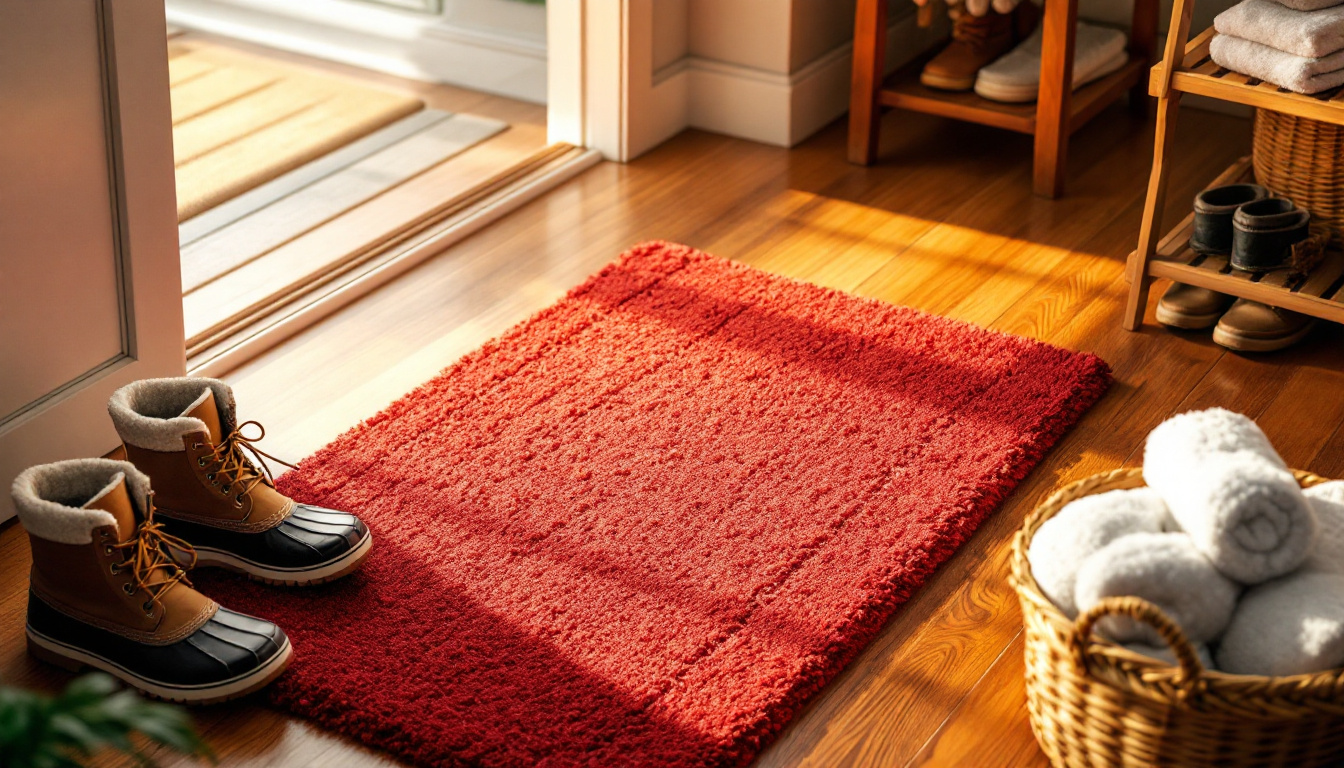
Summer brings challenges to wood floors due to increased humidity and temperature fluctuations. High humidity levels cause wood to absorb moisture, leading to swelling and potential buckling. This expansion can create uneven surfaces and structural issues. Additionally, intense sunlight can damage the floor’s finish, causing discolouration and fading. Therefore, implementing effective summer care strategies is essential to protect your wood flooring from seasonal damage.
Here are some key preventive measures to consider for summer wood floor care:
- Use Dehumidifiers: Installing dehumidifiers helps to control indoor humidity, preventing excessive moisture absorption by the wood.
- Manage Indoor Temperatures: Keep indoor temperatures consistent using air conditioning. Aim for a range between 60° to 80° F to reduce humidity fluctuations.
- Apply Window Treatments: Use blinds or curtains to shield floors from direct sunlight, minimising heat buildup and UV exposure that leads to fading.
- Regular Cleaning: Maintain a regular cleaning routine, including sweeping or vacuuming, to remove debris that can scratch or damage floors.
For tailored summer care solutions, consulting professionals like Ryan’s Restoration is advisable. They offer expert advice on managing humidity and temperature, ensuring your wood floors remain in pristine condition throughout the summer months. Their expertise can guide you in selecting the right products and methods to prolong the life and beauty of your flooring.
Year-Round Wood Floor Maintenance Tips
Regular cleaning is a cornerstone of effective wood floor maintenance. Dust, dirt, and debris can cause scratches and wear on the floor’s surface, diminishing its appearance and longevity. Sweeping or vacuuming your floors weekly helps to prevent abrasive particles from accumulating. In addition to cleaning, managing indoor humidity is crucial. Keeping humidity levels between 30-50% year-round prevents wood from expanding or contracting excessively, which can lead to gaps, cracks, or buckling. Using humidifiers in winter and dehumidifiers in summer can help maintain these optimal conditions.
Aside from cleaning and humidity management, strategic measures can further protect your wood floors. Applying finishes, such as polyurethane, provides a protective layer that guards against moisture and wear. Rugs and runners, particularly in high-traffic areas, add an extra layer of protection, reducing the risk of scratches and dents. Placing rugs strategically also helps to distribute wear evenly across the floor. For more personalised advice, consulting professionals like Ryan’s Restoration can ensure your wood floors receive tailored care. They can recommend specific products and strategies to maintain the beauty and durability of your flooring throughout the year.
Controlling Indoor Climate for Wood Floor Preservation
Maintaining an ideal indoor climate is crucial for preserving wood floors and preventing damage. The optimal temperature range for wood floors lies between 60° to 80° F. This range helps to minimise the risk of excessive expansion or contraction of the wood, which can lead to gaps, cracks, and even buckling. To achieve these conditions, central air systems or air conditioning units can be utilised effectively. These systems regulate not only temperature but also humidity levels, which should ideally be kept between 30% to 50% to further safeguard the floors. Consistent climate control helps mitigate the negative effects of seasonal changes, ensuring the long-term durability and beauty of wood flooring.
For homeowners seeking to optimise their indoor climate systems, consulting experts like Ryan’s Restoration can provide significant benefits. These professionals offer tailored advice on maintaining the right environmental conditions for wood floor preservation. Their expertise encompasses evaluating existing climate systems and suggesting necessary modifications or upgrades, ensuring that homes remain within the ideal temperature and humidity parameters. By leveraging professional services, homeowners can significantly enhance the longevity and aesthetic appeal of their wood floors, avoiding costly repairs and replacements in the long run.
Preventative Measures for Wood Floor Longevity
Ensuring the longevity of wood floors begins with regular maintenance and the selection of durable materials. Why is regular maintenance essential for wood floor longevity? The answer lies in its ability to prevent minor issues from escalating into significant damage. Regular cleaning, such as sweeping and vacuuming, removes dirt and debris that can cause scratches and wear. Additionally, it is important to maintain indoor humidity levels between 30-50% to avoid excessive expansion or contraction of the wood, which can lead to unsightly gaps and cracks. Choosing the right wood species, such as oak or maple, known for their durability, is another crucial factor that contributes to the long-lasting appeal and structural integrity of wood flooring.
Professional services like Ryan’s Restoration play a pivotal role in maintaining and enhancing the longevity and aesthetics of wood floors. How do professional services contribute to wood floor longevity? By providing expert installation and tailored maintenance solutions. Professionals can assess the specific needs of a floor, recommending finishes like polyurethane that offer optimal protection against moisture and wear. They can also implement preventative measures, such as strategic rug placement, to distribute foot traffic evenly and minimise damage. Consulting with experts ensures that wood floors are not only protected but also retain their aesthetic appeal, ultimately enhancing the property’s value and charm.
Final Words
Seasonal temperature changes significantly affect wood floors, causing expansion and contraction that lead to potential damage. During winter, low humidity can create gaps and fractures, whereas high summer humidity leads to buckling and uneven surfaces. Adopting seasonal tips for protecting wood floors, such as using humidifiers in winter and dehumidifiers in summer, helps maintain their condition.
Year-round maintenance, including regular cleaning and humidity control, is essential. For optimal wood floor preservation, controlling the indoor climate is crucial. Seeking professional advice ensures the longevity and aesthetics of your wood floors remain intact, adding value to your home.
FAQ
How to keep hardwood floors warm in the winter?
Using rugs and runners insulates hardwood floors, providing warmth. Additionally, maintaining optimal humidity with a humidifier helps to prevent shrinkage and feels naturally warmer during winter months.
How do I protect my hardwood floors from sunlight?
Apply window treatments or UV-resistant finishes to shield hardwood floors from direct sunlight. This reduces fading and preserves the floor’s colour and integrity over time.
Do wood floors creak more in summer or winter?
Wood floors tend to creak more in winter due to shrinkage. Low humidity leads to gaps and fractures, increasing the likelihood of creaks as floorboards rub against each other.
Do hardwood floors make your house colder in winter?
While hardwood floors might feel cooler, using area rugs and maintaining humidity levels makes interior spaces more comfortable and helps retain warmth.
